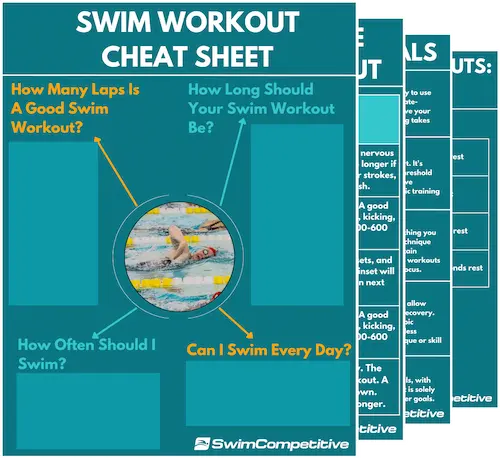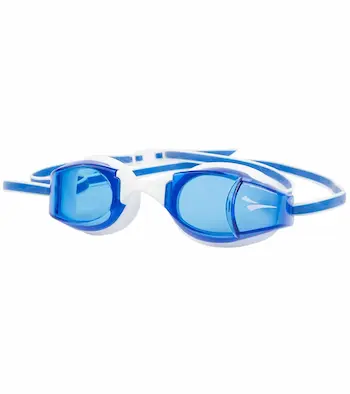According to the American College of Sports Medicine, all adults should participate in moderate-intensity aerobic activity for about 150 minutes weekly.
This includes activities like jogging, lifting weights, exercise classes, yoga, or cycling.
But, while almost all forms of exercise are good for your health, one has unmatched cardiovascular benefits, is low impact, has a low risk of injury, and a full body workout that anyone can participate in– swimming.
Now, as a retired athlete with two decades of swimming under my belt, it is fair to say swimming has had a considerable impact on my body. In this article, I want to share my thoughts and experiences, along with the benefits and positive effects of swimming on your body for overall fitness.
I will be going in-depth on the effects of swimming on your body, how swimming changes your body, its internal benefits, how long it takes for results, what to consider if you don’t see results, and tips on how to get started!
Can Swimming Change Your Body?
Swimming can change your body in several ways, from building muscle and improving posture to burning calories and reducing stress. In addition to being a low-impact sport that is gentle on the joints, swimming is a full-body workout that engages all major muscle groups and can improve cardiovascular health, flexibility, and endurance.
How Does Swimming Change Your Body? Effects of Swimming on Your Body Shape
Swimming has many positive effects on your body shape, including helping you lose weight, developing a strong core, building lean muscle mass, improving your posture, and reducing pain. Let’s take a more in-depth look:
Swimming Can Help You Lose Weight
Swimming is an effective way to lose weight, as it’s an excellent calorie-burning and full-body exercise. It engages multiple muscle groups and requires a lot of energy.
Depending on the intensity and duration of the swim, it can burn as many calories as other high-intensity exercises like running or cycling.
- Whole Body Workout: By engaging multiple muscle groups simultaneously, swimming can provide a full-body workout promoting weight loss. When you’re in the water and swimming, your body has to work to move, stay afloat, and keep your body temperature up.
- Easy on your joints: Swimming is a low-impact exercise that puts less stress on the joints. This can allow you to work out longer. Therefore, burning more calories promotes weight loss.
- Helps tone and strengthen your muscles: Swimming builds strength because of water resistance. Doing each stroke, repetition after repetition, helps strengthen the muscle and burns calories while doing so.
- Burns more calories: Swimming will use significantly more energy than other aerobic modalities that isolate parts of the body. Since swimming uses the whole body simultaneously, it requires a lot more energy. This helps create a natural caloric deficit.
Related: 9 Swim Workouts for Weight Loss.
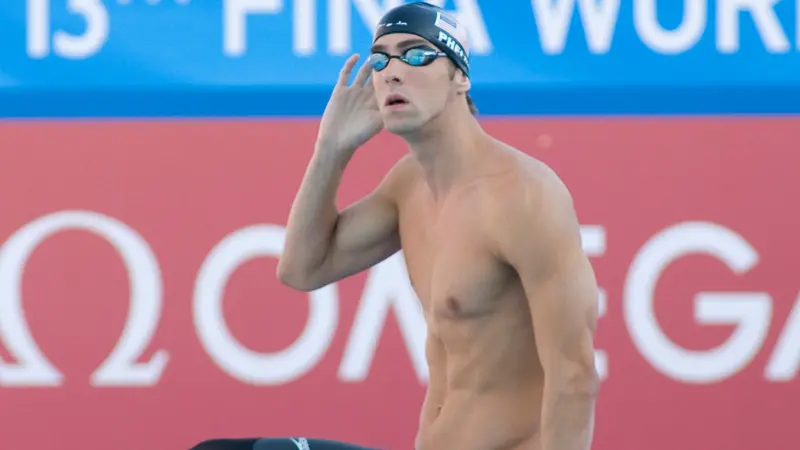
Swimming Builds Lean Muscle and Strength
Swimming can also be a great way to build lean muscle and strength. Water provides natural resistance, meaning every movement you make in the water is met with resistance.
Abdominal Muscles (Abs)
Swimming can be an effective exercise for toning and strengthening your abs and core muscles.
Swimming requires continuous core engagement to maintain balance and stability in the water.
The core muscles, including the abdominals, obliques, and lower back muscles, play a crucial role in stabilizing your body when swimming. As you swim, these muscles are constantly engaged, leading to their strengthening and toning over time.
Water also provides resistance. This can challenge your muscles to work even harder. As you move through the water, your abs contract and stabilize your body against the resistance. The resistance of the water acts as a natural form of resistance training, helping to sculpt and tone your abs.
To maximize the benefits of swimming for abdominal toning, you can incorporate various swimming strokes into your routine, such as freestyle, backstroke, butterfly, breaststroke, and even kicking.
Aiming to engage the abs in different ways provides a more comprehensive workout for your core.
Related: Best core exercises for swimmers.
Arm and Back Muscles
Swimming involves a variety of strokes that engage different muscle groups in your back.
When you swim, your back muscles are actively involved in propelling you through the water. Different strokes, such as freestyle, backstroke, breaststroke, and butterfly, target specific muscles in your back.
For example, your lats and traps are heavily engaged during the pulling motion of freestyle and butterfly strokes. At the same time, the muscles along the spine are activated during backstroke.
This gives you broad shoulders, sculpting the notorious swimmer’s body.
The upper body is the ultimate driver in all swimming strokes, and it can be developed significantly more through swimming.
Related: Best arm exercises for swimmers.
Leg Muscles
Swimming is an excellent activity for building muscle and strengthening your legs.
The resistance provided by the water challenges your leg muscles, which can lead to increased muscle activation and growth.
Various swimming strokes, such as freestyle, breaststroke, and butterfly, engage different muscles in your legs. Freestyle and butterfly strokes target the quadriceps, hamstrings, and glutes, while breaststroke primarily works the inner and outer thighs.
The continuous kicking motion required while swimming activates and strengthens the muscles in your legs, including the calves and ankles.
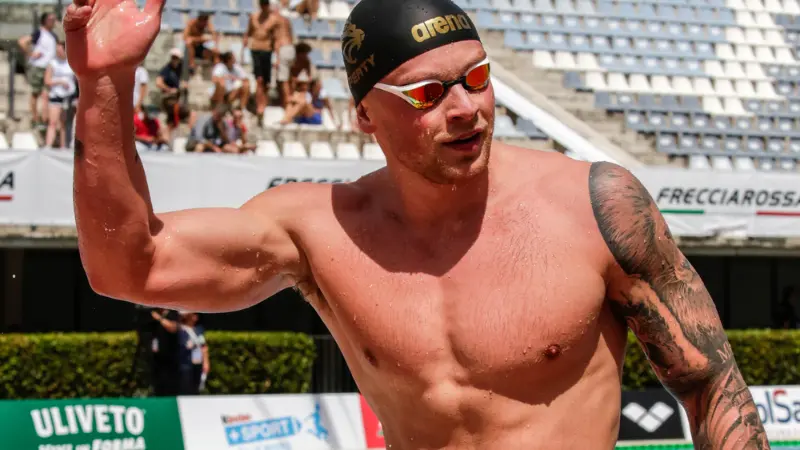
Swimming Can Help Improve Your Posture
Swimming can be a great way to improve your posture and lengthen your body. Since swimming is a very cross-dimensional movement, it makes it easy to turn on muscles that wouldn’t be stimulated otherwise. This benefits your body and stature.
- Lengthen the Spine: Swimming is a fantastic way to lengthen and decompress your spine. Without the constant pull of gravity on your spine, it will give your body a much-needed stretch, especially since swimming is a movement of reaching far out in front of you.
- Use multiple planes: Since swimming occurs in the frontal, sagittal, and transverse planes of motion (forward/backward and rotating), it is a great way to integrate a “3D” type of movement that rarely occurs in regular weightlifting or cyclical activities. Besides swimming, we rarely use all the muscle groups that allow us to do this.
- Use multiple fascia groups: Fascia is the layer surrounding all tissues in your body, specifically the muscles. Through different ways of moving, we can stretch and connect the fascial system to make our movement more efficient. Swimming is a great way to integrate full-body twisting, bending, and rotating movements that help support the spine and strengthen the fascial lines that contribute to good posture without pain.
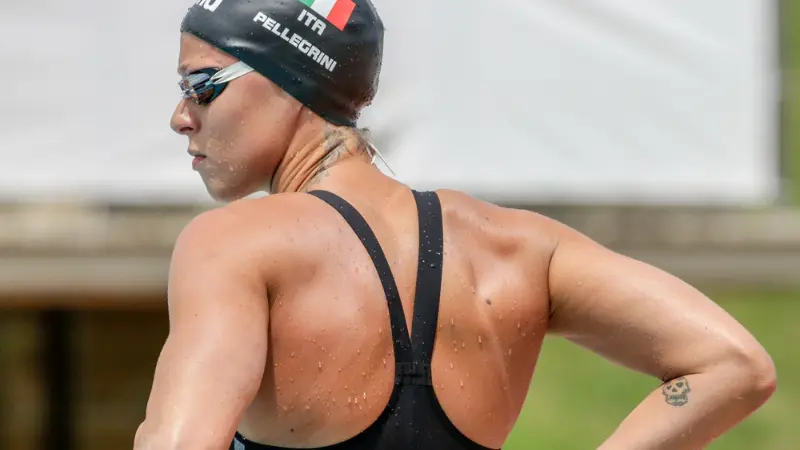
Swimming Can Improve Flexibility
Regular swimming can help stretch and mobilize your muscles and joints.
Swimming is a form of dynamic stretching. This means your muscles and joints are actively being moved and stretched through their full range of motion, which increases their extensibility.
Swimming also helps to lengthen muscles. During each stroke, you are reaching out in front of you, which allows for gentle stretching and flexibility improvements over time.
It’s important to note that while swimming can be beneficial for your flexibility, it’s still advised to combine this with static stretching.
Swimming combined with static stretching will be very beneficial for your flexibility. Warming up and mobilizing your body with swimming first, followed by static stretching, leads to greater flexibility, as noted by this study.
Internal Benefits of Swimming on Your Body
There’s a reason swimming is the fourth most popular sports activity in the United States. Not only is it a great way to get in your regular aerobic physical exercise, but it comes with numerous internal health benefits for your body.
Improved Cardiovascular Fitness and Health
Swimming increases your heart strength because it requires your heart to pump harder and faster, strengthening the heart’s walls and the muscle itself.
The heart can, over time, grow physically to adapt to the demands of cardiovascular exercise, which increases its efficiency in carrying blood to the body.
Swimming can also improve breathing efficiency, especially the peripheral adaptations to exercise (which means your muscles will get used to a limited oxygen supply), making you aerobically efficient.
After many years of swimming, physical changes can occur that are similar in the heart. Your lungs become more efficient, and your lung capacity can physically increase.
These adaptations improve one’s VO2 max (essentially a score for how efficient you are at aerobic work).
Swimming regularly, along with a well-rounded training program, can significantly improve cardiovascular fitness, resulting in a stronger heart, increased lung capacity, and enhanced overall endurance.
Related: Breathing exercises for swimmers.
Do You Want to Make Every Lap Count?
Stop wasting your time in the pool feeling lost and doing directionless swim workouts, and start training effectively! Our ebook contains 97 structured and goal-orientated swim workouts to help you become a better, faster, and fitter swimmer. Whether you’re a complete beginner or a seasoned pro, there are a multitude of workouts for every type of swimmer.
Swimming Benefits Your Brain and Mind
Swimming has a calming effect on the mind and body. The rhythmic movements and the water’s buoyancy create a soothing environment that can help reduce stress and promote relaxation.
Engaging in physical activity like swimming triggers the release of endorphins. Swimming can help alleviate anxiety, boost mood, and promote well-being.
Swimming has also been associated with better brain health and increased neuroplasticity.
Neuroplasticity refers to the brain’s ability to adapt and reorganize itself, forming new connections between neurons. Swimming can potentially enhance neuroplasticity, leading to improved learning and cognitive flexibility.
Swimming Can Reduce Back Pain
Swimming is a highly effective exercise for reducing back pain.
The buoyancy of the water helps to alleviate stress and pressure on the spine, allowing individuals with back issues to engage in physical activity without exacerbating their pain.
Since swimming is a low-impact exercise, it minimizes jarring and impact on the joints, making it a gentle option for those suffering from conditions such as herniated discs or arthritis.
The rhythmic movements of swimming combined with the support of water provide a gentle form of resistance training, which can help build back muscles for increased back support while also alleviating strain.
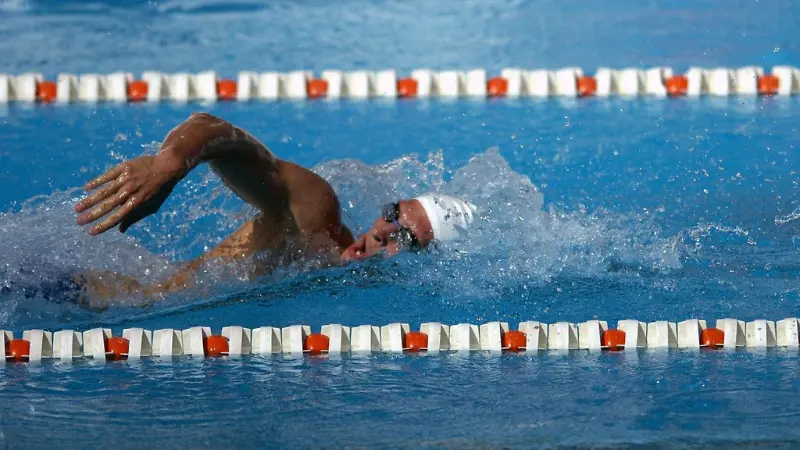
How Long Does It Take for Swimming to Change Your Body?
The rate at which you see any body transformation while swimming depends on several factors, including the intensity and duration of your swimming sessions, physiology, and training regimen.
In the short term, swimming can lead to immediate physiological changes such as increased heart rate, improved blood circulation, and elevated metabolism.
Long-term changes, such as muscle growth or weight loss, typically require consistent and progressive training over an extended period combined with good nutritional habits.
The exact timeframe for noticeable body transformation varies from person to person, depending on factors like frequency of training, intensity, diet, genetics, and other lifestyle factors.
What to Do if You’re Not Seeing Results?
Suppose you’re not seeing the desired results in your body transformation while swimming. In that case, there are several steps you can take to evaluate and adjust your approach:
- Assess your swimming routine: Review your swimming frequency, duration, and intensity. Consider whether you are challenging yourself enough during your swim sessions.
- Adjust your diet: Evaluate your nutrition habits. Ensure you’re consuming a balanced diet that supports your goals. To learn more, read my article on how to create a meal plan for swimmers.
- Mix up your workouts: Varying your swimming routine can help target different muscle groups. By incorporating different strokes, drills, and interval training to challenge your body in different ways.
- Keep track of your progress: Keep track of your workouts, how much yardage, splits, and any other relevant data. This can help you identify what needs more work and help you make necessary adjustments to your swimming.
To keep track of your progress in the water, I highly recommend checking out the FINIS Smart Goggles:
The FINIS Smart Goggle is the most innovative smart swimming goggle available.
Directly display and track your laps, splits, set time, rest time, stroke rate, and more in your goggles with the non-intrusive heads-up display while swimming.
Your Swimming Body Transformation: Tips to Get Started
Here are some actionable steps you can take to ensure you can achieve your swimming body transformation.
Set Specific Goals to Stay on Track
What do you want to get out of your swimming journey? Define your desired body transformation goals.
If you wish to increase muscle tone, lose weight, improve cardiovascular fitness, or enhance overall strength and endurance, having clear objectives will guide your training and help you track your progress.
Start Swimming Gradually
If you’re new to swimming or haven’t swum regularly, begin with shorter and less intense sessions to allow your body to adapt. Gradually increase the duration and intensity of your workouts as you go.
Develop Good Swimming Technique
By breaking down your stroke into smaller components, drills allow you to isolate and refine particular skills, such as body positioning, arm movement, or kicking technique.
This helps promote correct form, efficiency, and coordination in your strokes, maximizing the benefits of your workouts.
Mix Up Your Strokes for a Full Body Workout
Incorporate different swimming strokes (such as freestyle, backstroke, breaststroke, and butterfly) to engage different muscle groups and promote overall body strength and balance.
Increase Your Swimming Intensity to Supercharge Results
To help promote your body transformation, gradually increase the intensity of your swimming workouts.
You can incorporate interval training, where you alternate between periods of high-intensity effort and lower-intensity recovery.
This helps boost cardiovascular fitness, burn calories, and stimulate muscle growth.
Consistency Beats Effort
Consistency is key. Aim for regular swimming sessions, ideally three to five times weekly, depending on your schedule and fitness level. Be consistent in your efforts and stay committed to your training plan.
It’s better to stay consistent over a long period of time than to do very intense workouts now and then.
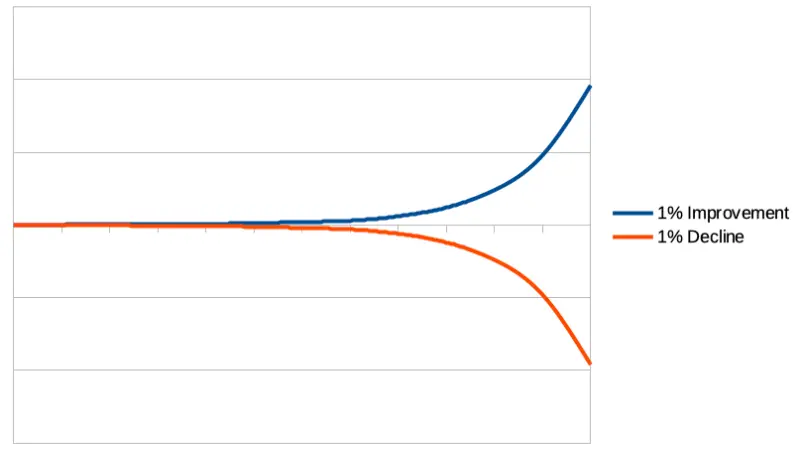
Be patient and enjoy the process
Body transformations take time, so be patient with yourself and enjoy the journey. Celebrate small milestones along the way and appreciate the physical and mental benefits that swimming offers!
Swimming Is a Great Way to Transform Your Body
Swimming is an exceptional activity that offers various benefits to help with your swimming body transformation.
Its low-impact nature places minimal stress on joints while providing a full-body workout that engages various muscle groups. The resistance offered by water increases muscle strength and tone, leading to a leaner physique.
Regular swimming sessions improve cardiovascular health, lung capacity, and endurance.
Additionally, swimming promotes weight loss by burning calories and boosting metabolism. It also enhances flexibility, posture, and coordination.
Moreover, swimming is a refreshing and enjoyable form of exercise, making it easier to stick to a fitness routine.
